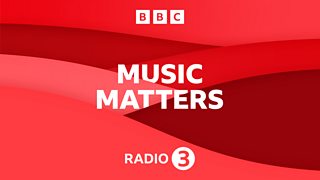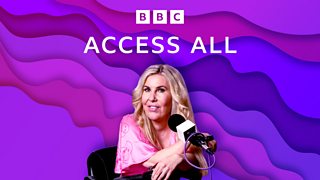The innovative workshop building instruments to play with one hand
Peter Worrell crafts adaptive instruments for people with limb differences
Radio 3's Music Matters visited Peter at his workshop in Norwich to find out how he developed the one-handed clarinet, and the difference it makes to young people who might otherwise not have access to a musical instrument.

Peter has been making musical instruments for 42 years
As an apprentice oboe maker, he was given the task of crafting a one-handed recorder. After attending a reception given by the at the House of Lords in 2016, Peter was inspired to design a one-handed clarinet.
“That’s when I started to experiment”
“I actually thought it’s not possible, it’s too complicated.”
Meeting musicians who played his instruments inspired Peter to experiment with prototypes.
After nine months, the clarinet was ready.
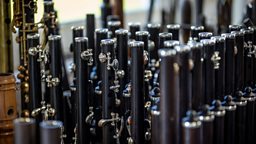
The whistles and clarinets work by having additional keys which replicate what a second hand would do.
“Having a lesser instrument is not an option”
Peter says that sometimes it's possible to take an instrument for a two-handed player and move things around to make it playable with one hand.
With the clarinet, there was so little of the instrument left, it was better to start from scratch.
The design can be easily flipped to make it playable with either the left or the right hand.
Peter’s workshop is full of instruments in various stages of completion
Peter has produced four kinds of instrument: the high D whistle, the low D whistle, the recorder and the clarinet. Working out how the hand moves around the instrument took a lot of development. For instance, the thumb only operates one key, because it’s already working hard to stabilise any movement.
"A lot of the people who come to me have never played"
In the workshop there is a polishing machine, a lathe, a milling machine and a 3D printer.
Peter has been working on making instruments with the printer from resin, for a long time. The resin instruments sound good, but there is a question mark over how long they can last.
Peter hopes that more people will try to build adaptive instruments using his 3D printer design. This could bring the cost down from £500-£600 a piece to around £300.
“The biggest problem is that I am the only person who makes one-handed instruments. I’m making as many as I can, and I will continue.”
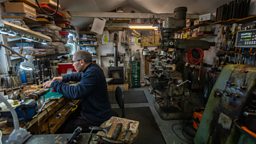
Peter's one-handed whistles are not the only kind of adaptive instrument
The Clarion is an instrument playable with any part of the body, including the eyes.
The award-winning Clarion was developed by Barry Farrimond-Chuong MBE, creator of the world's first disabled-led national youth orchestra the .
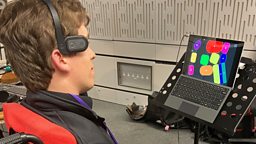
Peter is currently working on a one-handed bagpipe, but the instrument that he gets most requests to make is the saxophone. "I’m not sure it can be done yet, but I’ve got an inkling that it’s possible."
“I try to make instruments as beautiful as I can.”
For the musicians with limb differences dreaming of a one-handed sax, Peter’s workshop could be where their dreams come true.
An interview with Peter at his workshop features in Radio 3's Music Matters on Saturday 2nd December at 11.45am. Listen to the programme live or on-demand on ����ý Sounds.


